Paleo Retiree writes:
Kicking around the town of Carpinteria, CA for a few days recently left me marveling at an architectural wonder too often taken for granted: the American porch. Carpinteria (or, as everyone calls it, “Carp”) is an idyllic American small town, largely unspoiled, with a petite but genuine (and walkable/bikable) downtown, its own beach, amazing weather, and a fantastic location — an hour and a half up the coast from L.A. and 20 minutes down the coast from Santa Barbara. It’s both pokey and glorious: an ideal old-fashioned California beach town. Shhh — don’t let our secret out! I wouldn’t mind moving to Carp myself, and I’d definitely hate to see it become over-discovered.
A lot of the older houses in Carp feature porches. And what a lot these porches contribute to the beguiling impact of the town. Since we here at UR are about nothing if not appreciating the wonders of vernacular, informal, commercial and classical architecture and urbanism — or, in a more general way, about noticing and appreciating the wonders of what we already have but too often take for granted — I’m going to treat myself to some riffing on the virtues of old-fashioned American porches.
 Porches create a zone of their own, half private and half public, half interior and half exerior.
Porches create a zone of their own, half private and half public, half interior and half exerior.
They reach out to the street in friendly welcome yet also serve to protect the private realm. They’re analogous to a person who’s both self-contained yet aware of and responsive to the world around him/her.
An aside: But, but, but … Isn’t comparing a house to a person a hick move? Au contraire. Where architecture-enjoyment and appreciation go, anthropormorphism is a good habit to cultivate. Don’t believe the profs and the critics: What’s most important isn’t style or fashion, it’s how buildings and neighborhoods treat us. And the easiest way to sense that is to ask yourself, “If this building/park/neighborhood were a person, how would I be taking the way he’s treating me?” In the case of these modest Carp houses-with-porches, my own conclusion would be that I’m being treated in a friendly and casual yet respectful way. How do they hit you?
Typically a step or two above ground level, porches create a transitional zone of formality and informality.
Porches intertwine with nature and community in multiple ways: light and shadow, air and atmosphere, plants and flowers, openness and protectedness. You see into them and then through them to the neighbors’ place. In other words, porches help tie neighborhoods together.
Note how the classical American porch faces the street directly. No fancy modernist games with geometry; no torquing of axes for chic effect. Don’t you hate it when people you’re greeting or talking to look over your shoulder or away to the side? American houses with porches meet you, and engage with you, square on.
Even the most modest porch gives the house’s inhabitants a chance to interact with the world going by it, and integrates it with other residences on the block.
Park a car on the street and the effect of the porch isn’t diminished. The house itself, the life inside and outside of it, are still primary.
Approaching this house you’d move from the sidewalk, through a small gate in an iron fence, along a path and across a yard, up a few stairs and through the porch … You’d experience an abundance of transitions. In architecture terms, this is the equivalent in music of modulations — the ways that composers change a composition’s key. You don’t just go Bam! from one to the next. (Though modernists often do, both in music and in architecture.) That’d be abrupt and even rude. Instead, you work your way from one to the other in a most agreeable and inventive way.
The position and posture of the porch gives the house a hint of authority over the street; the openness of the porch merges it with the community. A porch makes its own contribution to a smalltown version of Jane Jacobs’ great concept of “eyes on the street.”
Morning coffee, anyone?
It’s almost hard to tell where one property ends and the next one begins.
In case this barrage of houses-with-porches has us forgetting what our modest houses have become like in recent decades (most people date the decline of the American porch to the 1940s, when automobile suburbs started to explode), here’s a quick reminder:
What’s facing the street and the nice sidewalk here is one side of a garage and the butt end of a van. Your primary interaction with this house, in other words, is going to be via its vehicles.
The house as appendage to its garage. Cars as a barrier between the house’s inhabitants and anyone who passes by. (Nice sidewalk, but no one to wave to or chat with.) A renunciation of neighborliness.
Instead of the private extending itself to meet and interact with the public, here we have a front door recessed into shadows — indicative of the family withdrawing from public participation. In order to interact with anything, the garage door will need to be opened, and the station wagon will need to back out.
Why do we design in ways that actively promote the decline of community, the elevation of the car, and the atomization of life generally? Why are we deliberately walling ourselves off from so much of what’s lovely about life? Bring back the porch, sez I. They’re beautiful symbols of civility; and they’re effective promoters of both pleasure and civil society.
Related
- The “radical-reactionary” group blog Front Porch Republic chose its name carefully. One of the site’s masterminds is the great Bill Kauffman, an eloquent partisan and defender of smalltown virtues. Read our interview with Bill about his recent movie “Copperhead.” You can watch “Copperhead” on Amazon Instant.
- Blowhard, Esq. celebrates some beautiful, modest houses in the town of Tustin, CA. Nearly all of them feature gorgeous porches.
- I riffed through some other simple but important architectural dimensions and qualities in this appreciation of the California town of Nevada City.
- Back at my old blog I wrote an intro to Jane Jacobs.
- An amusing Wikipedia entry about “porch sitting.”
- NPR considers the porch.
- A good quick history of the American porch.
- It’s a sign of what’s wrong with the general discussion about architecture that there seems to be only one non-lifestyley book available on the topic: Michael Dolan’s “The American Porch.” In a sane world, architecture publications would be less obsessed with chic theory and highflown style-chat and more full of discussions about topics like porches.
- Here’s an interview with Dolan, who shares a couple of hyper-interesting facts: the porch as we know it in America actually comes from Africa; and the decline of the American porch started well before 1940.
- Don’t forget to check out our NSFW sister blog, where we share a lot of exxxtremely naughty pix and links.

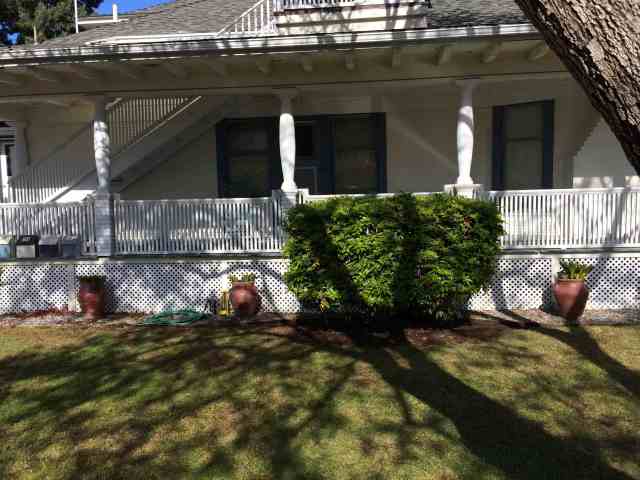






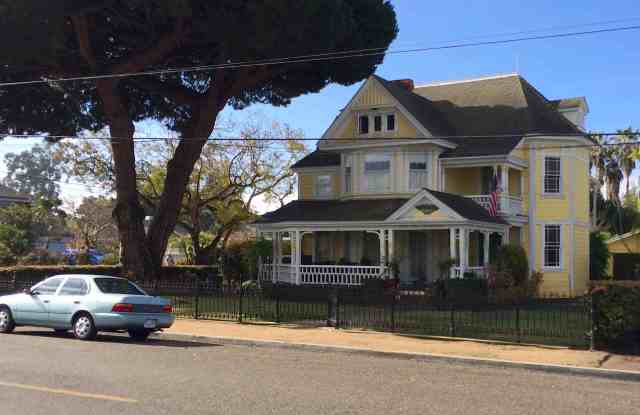

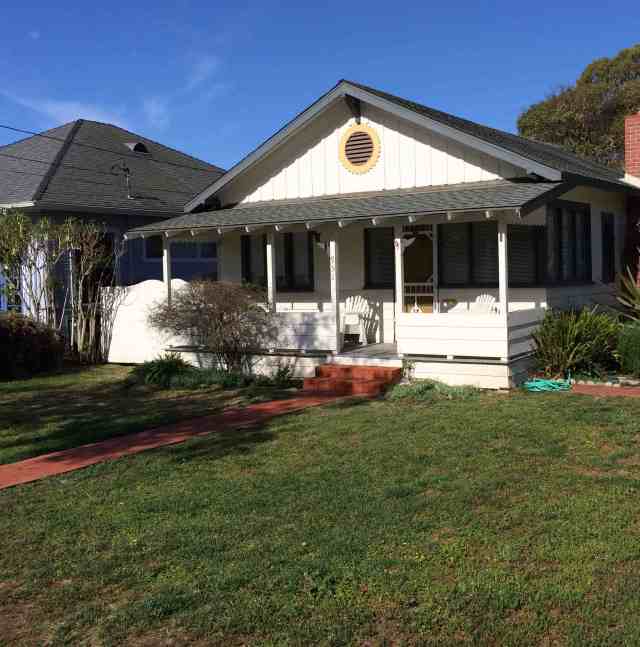
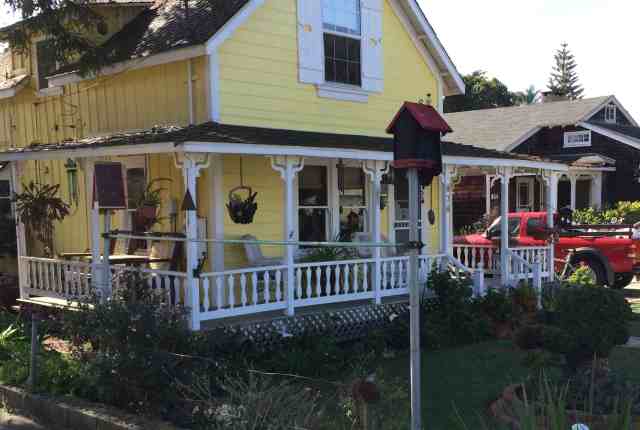

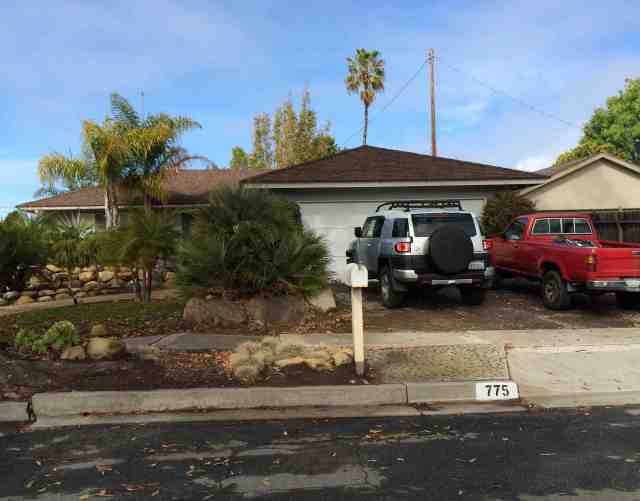
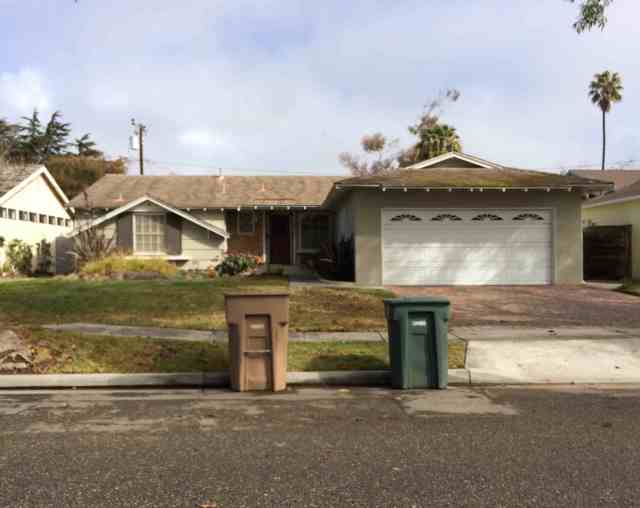
Wow, Carp is a spontaneous Seaside! I can’t help thinking that C Alexander and L Krier would love the place. And all of this was unselfconsciously developed?
LikeLike
Great way of putting it.
LikeLike
Who can sit for hours in a porch doing nothing but watching cars pass by? Now we have the internet.
LikeLike
Plus routers strong enough to broadcast wi-fi right out to your porch.
LikeLike
Ick, I’ve seen that during the past summer or two. Young people in a young neighborhood, mostly college students or living in their first apartment / house with roommates. Nice summer weather. Porch-rich neighborhood with loads of bungalows from the ’20s.
And there they are hunched over their knees or a small desk or TV tray, on the damn internet! Face always focused on the screen, eyes and head never moving to see what’s going on around them, let alone to look people in the eye.
Most coffee shops with outdoor seating have gone that way, too. The indie ones are the worst (I live next to one).
What we need is a portable Wi-Fi jammer. Just hang out near the hive and cut their cyber-umbilical cord.
LikeLike
Ever since reading one of those Christopher Alexander books I’ve looked at porches in a new light. In it he talks about how a porch has to be a certain depth in order to be comfortable. There’s truth in that. Most of the really comfortable and usable porches I’ve experienced have been quite deep.
LikeLike
Quite right. It has to feel like a ship that’s floating above the street, a place where you can live your life, accessible but not squeezed or vulnerable.
LikeLike
Fabrizio — Funny how basic such a thing seems. Yet “architecture” is seldom concerned with such stuff. Weird. It’s like being a chef and not having any concern about what people will eat and what they won’t eat.
LikeLike
We live in porch sitting country down here in the SE. Practically any tract of single family homes, of a certain age, have porches. These porches tend to be large in proportion to the house and well furnished.
But the reality is that many of the porches are completely unused. The pattern seems to be driven by income and class. To be considered ‘nice’ a home has to have a large well furnished porch, but new and larger homes are exactly the homes where the porches are unused.
I recently took a drive through a poorer part of town and noted that not only did the smallest homes (<800SF) sport porches, but they were furnished and well used. On summer afternoons, a drive through confirms the porches are used.
Why? Availability of air conditioning clearly plays a role down here in the sticky south. Indoor entertainment options play a part. People per square foot plays a part. Mosquitos
I would suggest that the reasons for use and disuse is purely functional. The porch used to be the most comfortable place to ride out a summer evening. An air conditioned room with cable and internet is now the most comfortable place. The transition and processional qualities it can add to a home are mainly artifice when the door closest to the driveway becomes the 'front door' and the floor of the porch is unmarked by use. New and larger homes keep the decorative porch while driveway and garage entries provide the functional transition areas. Bonus rooms and man caves provide the interior play space.
Sometimes I'm afraid that the rich porch life I experienced as a kid is gone for ever as we all move onto digital hangout and electronic water cooler.
LikeLike
Fear of theft if the porch isn’t walled off?
LikeLike
Maule — Great observations and hunches, tks.
LikeLike
It’s common in Texas for people will open their garages and leave it open and sit on a lawn chair. In that way, the garage becomes a kind of faux-porch. It’s kind of strange, but there it is.
LikeLike
I’ve done a little of that at friends’ places too.
LikeLike
We used to live in Carp. Very nice place. It was better as a young couple than it would be as a family with kids now but who knows. We might end up back there again soon. Hard to stay away once you’ve lived in that weather.
LikeLike
Pretty ideal in many ways. Fun to hear that you enjoyed the place.
LikeLike
Pingback: Who Needs Architects? | Uncouth Reflections
Pingback: The Best of UR 2014 | Uncouth Reflections
Pingback: Architecture and Color, Once Again | Uncouth Reflections
Pingback: Edges, Pointiness, Minimalism and Public Seating | Uncouth Reflections